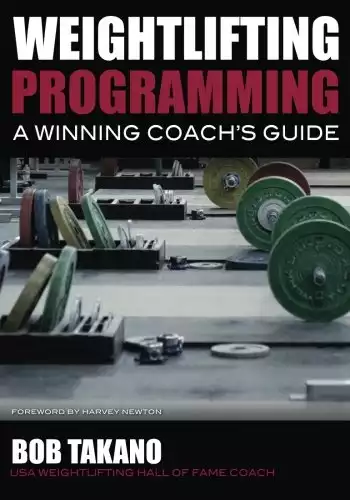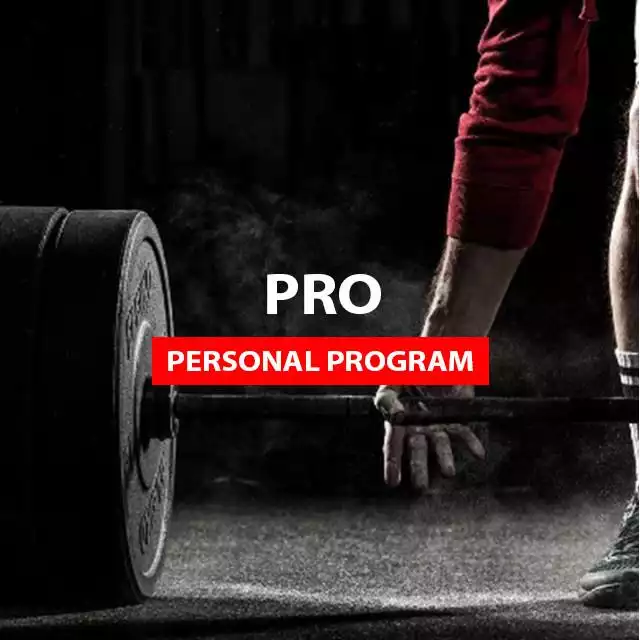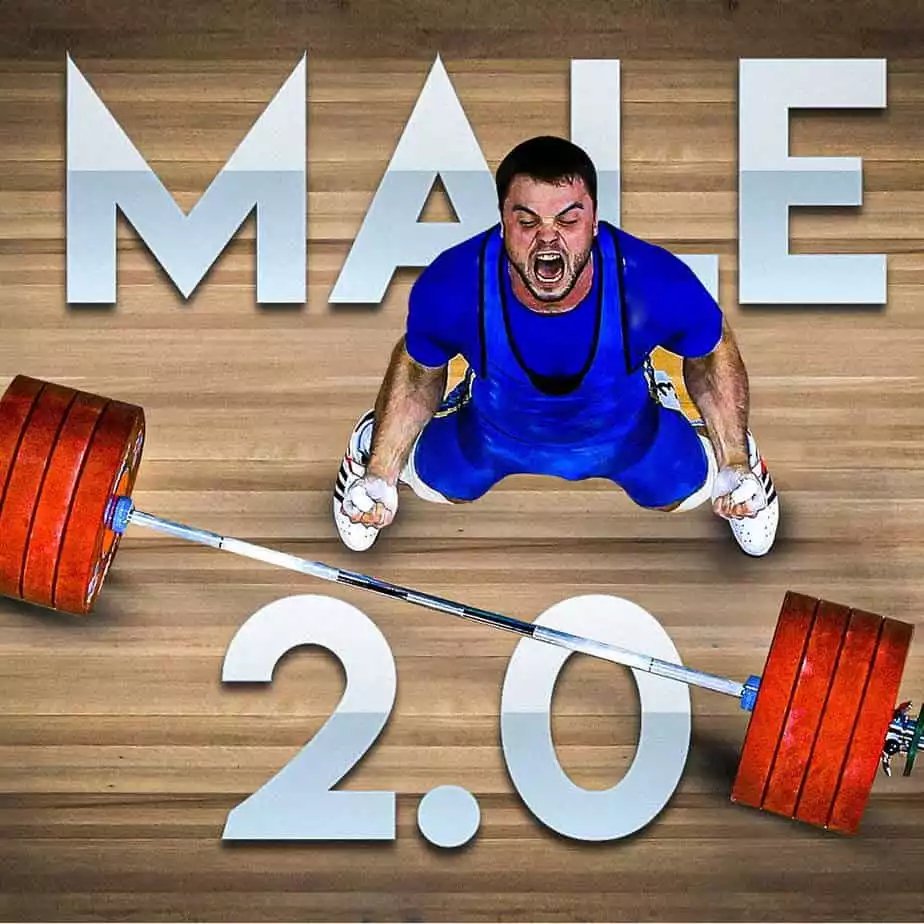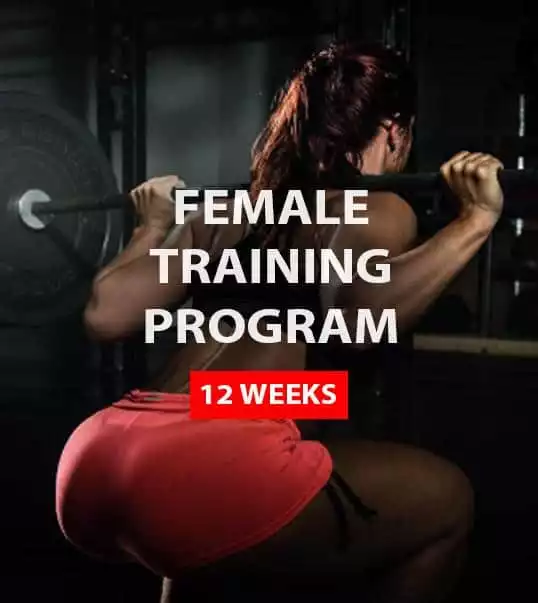This is a 12 week Olympic weightlifting program with 3 to 6 training days per week, depending upon your classification. It can be used by beginner, intermediate, and advanced weightlifters, as it provides programming for multiple lifter classifications.
This program can be used in preparation for a weightlifting competition.
The program has seemingly been attributed to Bob Takano, though I have no idea if he had anything to do with it or not. You can find the best of Takano’s thinking in his book: Weightlifting Programming: A Winning Coach’s Guide.
Table of Contents
Program Overview
Here’s a quick breakdown of the program. You’ll find more detail in the spreadsheet and the notes below.
- 12 week program
- 3 to 6 training days per week
- Appropriate for the following classifications: CIII, CII, CI, CMS
- Main exercise movements
- Hang Power Snatch
- Behind the Neck Push Press (BTNPP)
- Hang Power Clean
- Back Squat
- Snatch Deadlift
- Press
- Frequency for snatches, cleans, and jerks varies from 2-6 times per week, depending upon the lifter’s classification
- Accessory movements are also included
It is important to note that weight, sets, and reps are denoted like this: (weight/reps) x sets.
For example, (100/4)x3 means to lift 100 kg for 3 sets of 4 reps. (Or 100 lbs – the units do not matter).
Weightlifting theory, principles, and strategy from Bob Takano, USA Weightlifting Hall of Fame inductee.
Includes lots of programming examples.
Spreadsheet
I am not sure who created the spreadsheet, but it looks like it may have been this person.
Program Notes
It may seem obvious to state that the training program must become progressively more demanding as the PASM continues, but to many just entering the sport and driven by ambition, it may seem appropriate to attempt the most demanding of training regimens without proper preparation.
This approach will not achieve the optimal result.
During the initial phase of training (prior to achieving Class 3 results), a good portion of the work must be devoted to mastering the technique of the classic lifts.
An athletically talented youngster should be able to learn the technique of the snatch and clean & jerk with relative ease. The lifts are not particularly challenging in their technicality when compared to the results expected of gymnasts and figure skaters of comparable age.
Stuck? Consider Help from an Online Coach
Get a training block designed for you buy Olympic weightlifting medalist Oleksiy Torokhtiy.
Includes weekly analysis of your main lifts, personal e-mail check-ins, and more.
A 12 week Olympic weightlifting peaking program with 5 training sessions per week.
Built to help you smash new PRs in the Snatch and Clean & Jerk in 12 weeks.
Recommended for competition prep.
This 12 week Olympic weightlifting peaking program modifies the special preparation exercises, volume, and intensity to maximize results for women weightlifters.
Consisting of three 4 week mesocycles (general preparatory, special preparatory, competition), this program is designed to help you prep for a competition and set new PRs.
Understanding the Classification System
These descriptions have been copied directly out of the spreadsheet and were not written by Lift Vault.
The values in the chart represent the lifter’s “total,” or combination of their best snatch and clean & jerk. All weights are in kilograms (kg).

Class III
The Class 3 training should be composed of a moderate volume spread throughout the year, combined with more GPP.
The weightlifting exercises should further refine the technique, balance the body for the performance of the classic lifts, and stimulate strength development. The GPP activities will be implemented to continue the development of the vegetative functions. Very talented athletes may achieve the Class 3 standards within a short period of time.
Class II
The Class 2 training should see a reduction in the GPP and an increase in the annual training volume.
Whereas the number of strengthening exercises may have been quite large in the Class 3 training, they will be reduced as the body becomes more balanced for performing the classic lifts. There will be a greater emphasis on strengthening the body overall and increasing the capacity of the body to sustain greater training loads.
Class I
Class 1 training should be geared to a more mature athlete.
There is little or no GPP, little remediation and more of the training load is given over to performing the classic lifts and strengthening exercises. Some attention is also directed toward further increasing training capacity. The trainings should become more frequent and restoration should be a part of the regimen.
CMS, MS, MMS
Candidate for Master of Sport, Master of Sport and International Master of Sport are categories for the mature athlete who can devote himself or herself to semi-full or full-time training.
This is because the daily regimen, including restoration activities, will occupy so much of the day that school or a job can be too draining and intrusive to maintain. The average intensity will gradually rise as will the load and volume. The variety of exercises will continue to become narrower. The preparation mesocycles will prove to be especially demanding on the body and require a well-managed restoration regimen.



